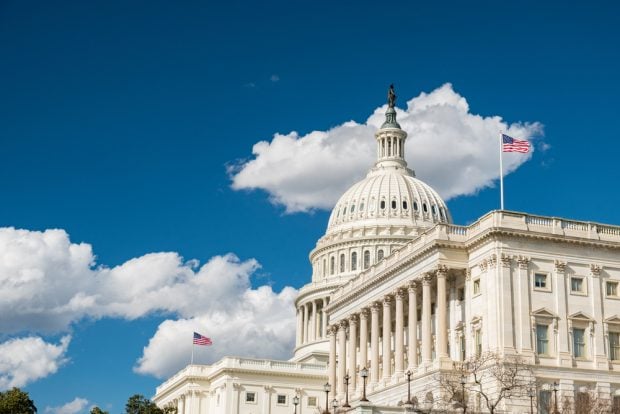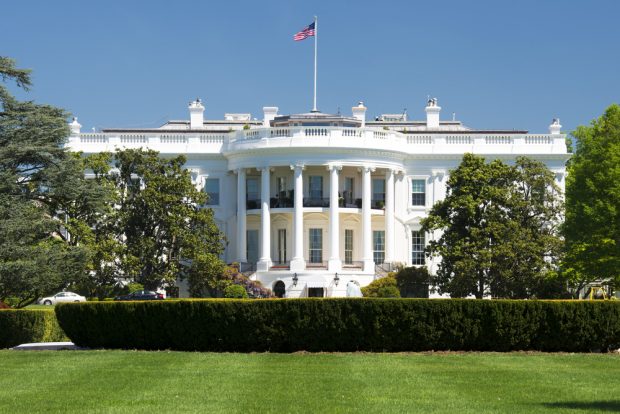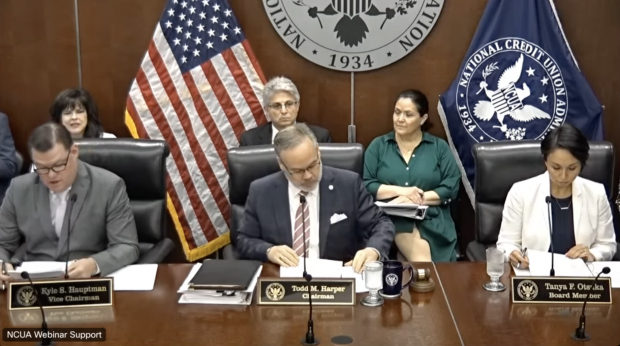It's depressing to write week after week and put out a magazineweek after week about the current state of the nation's financialcrisis. While credit unions and community banks have not taken someof the hits so far, financially or politically, that the largerbanks have, the fact of the matter is they are hurting andcompeting with government-subsidized banks.
For all the talk of credit unions, and community banks for thatmatter, trying to douse a fire they didn't ignite, can they affordto be the firefighters?
Thus far TARP funds have only been used for capital infusions inbanks, which have in turn gobbled up other ailing banks. This mayhelp the consumers who drive the economy in the long-term, but theyalso have to survive now.
Credit unions have been hamstrung from getting TARP funds. Despitebeing included in the bill that launched the program, practicalapplication has prevented them from taking advantage, but theyappear a step closer now than they had been. The House is expectedto pass a bill providing guidelines to incoming policymakers as tohow TARP funds should be used. NAFCU chief Fred Becker pointed outthat federal officials have urged reconsideration of TARP for thepurchase of mortgage-backed securities.
How dire the credit union movement's situation is during thiseconomic crisis seems to be anyone's guess. However, if thecontinued push by credit union representatives on Capitol Hill fortaxpayer-funded money is any indication, it cannot be good. Howcould that possibly balance against the credit union movement'slarger and longer term goal of maintaining their tax-exempt statusthat would undoubtedly be called into question if they tooktaxpayer funds?
CUNA debates that nexus but said the acceptance of TARP funds bycredit unions would raise eyebrows as to why credit unionsshouldn't be included in a regulatory consolidation. After all, theGreat Depression was what spurred the creation of the alphabet soupof regulators in Washington.
According to Sandler O'Neill consultant Peter Duffy, credit unionsand even banks, while incurring some self-inflicted wounds, arealso victims of a system. Sometime in the mid-1980s, he explainedto me recently, firms like GE, GM, and Ford were permitted to beginlending. At one time there was a line in the sand between bankingand commerce, but the tide of innovation and free markets washedaway that line, creating an increase on the supply side.
Credit unions and banks over the last two to three decades have hadnew competitors to deal with to the point that seven lenders wouldbe competing for one piece of A paper, according to Duffy. Thistook all of the profit out of lending, leading lenders to“experiment”-lenders like Countrywide and WaMu, and, yes, Norlarco,Cal State 9 and other credit unions. The competition was good forconsumers in the short-term but not good for America or itsfinancial institutions.
CUNA said that while some credit unions may have been pushing theenvelope, to a larger extent their problems can be attributed tolocal market conditions. The differences between the financialanalysis of the four states have been really clobbered-California,Florida, Nevada and Arizona-and the rest of the country CUNA's BillHampel described as “remarkable.” However, the economic troublesare spreading, and he admitted that with a variety of factors influx, economists can't even predict six months out.
CUNA is fully expecting some type of regulatory restructuring andis weighing that against the amount of funds credit unions mighttake from the program. Hampel contends that the dollar figure wouldbe relatively miniscule compared to the positives to be gained bycontinued lending and member service. Not only are members wooed,but Congress will appreciate the stimulus provided. Hampel was alsoquick to point out that the purchase of mortgage-backed securitiewith TARP funds is not the same as a capital infusion.
While the political capital and flight to safety warm fuzzies couldbe immeasurable, the risk exists that they can truly end up beingunmeasureable. Just see our front-page interview with Barney Frankwarning credit unions not to get greedy by asking for expandedbusiness lending or risk-based capital. The seasoned legislator isjust one man but a very powerful one in credit unions' world.
And consumers can be fickle. Lenders wouldn't have been competingwith all these alternative credit products if consumers weren'tchasing what appears to be the best deal du jour. Let's all hopethey've wised up on this aspect without retrenching entirely.
One consistent and resonating question with regard to TARP usageaccording to the trades is a competitive one. They are hearing fromcredit unions that have to compete with the bank around the cornerthat received a capital infusion and turns around to offer 5% onCDs. On a national scale, GMAC received TARP money and subsequentlybegan offering 0% financing, according to Hampel. How are creditunions going to compete with these circumstances on an unlevelplaying field without assistance?
Comments? E-mail [email protected]
Continue Reading for Free
Register and gain access to:
- Breaking credit union news and analysis, on-site and via our newsletters and custom alerts.
- Weekly Shared Accounts podcast featuring exclusive interviews with industry leaders.
- Educational webcasts, white papers, and ebooks from industry thought leaders.
- Critical coverage of the commercial real estate and financial advisory markets on our other ALM sites, GlobeSt.com and ThinkAdvisor.com.
Already have an account? Sign In Now
© 2024 ALM Global, LLC, All Rights Reserved. Request academic re-use from www.copyright.com. All other uses, submit a request to [email protected]. For more information visit Asset & Logo Licensing.









